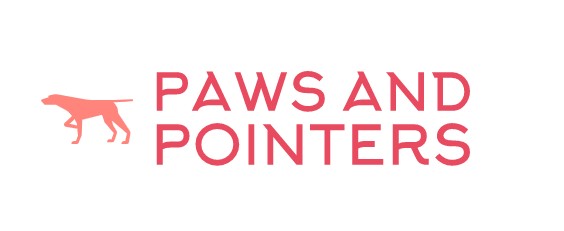
Bloodhounds are legendary for their extraordinary sense of smell and unwavering determination to follow a scent. While their natural instincts are impressive, proper training is essential to harness their full potential as tracking dogs. Whether you’re interested in search and rescue, scent work competitions, or simply want to tap into your Bloodhound’s innate abilities, this guide will walk you through the steps to train a Bloodhound for tracking success.
Understanding the Bloodhound’s Nose: A Powerful Tool
The Bloodhound’s olfactory system is truly remarkable. They have over 300 million scent receptors (compared to a human’s 5 million), allowing them to detect even the faintest traces of odor. This incredible sense of smell is what makes them ideal for tracking.
Starting Early: Puppyhood is Key
Training should begin as early as possible, even in puppyhood. Start with simple scent games, hiding treats around the house or yard and encouraging your pup to find them. This helps them develop their natural tracking instincts and associate tracking with positive rewards.
Basic Tracking Techniques
- Introduction to Scent Articles: Introduce your Bloodhound to the scent article (an object with the target’s scent) and let them thoroughly investigate it.
- Laying a Trail: Start with short, simple trails using food or a favorite toy as the reward at the end. Gradually increase the trail’s length and complexity as your dog progresses.
- Harness and Leash: Use a tracking harness and a long leash (15-30 feet) to give your dog freedom to follow the scent while maintaining control.
- Positive Reinforcement: Reward your Bloodhound with praise and treats when they successfully follow the trail and find the target. Positive reinforcement builds their confidence and enthusiasm for tracking.
Advanced Tracking Skills
As your Bloodhound masters basic tracking, you can introduce more challenging scenarios:
- Aged Trails: Practice tracking older scents to improve your dog’s ability to discriminate between different odors.
- Distracting Environments: Train in various environments with distractions like other animals, vehicles, or different terrains to prepare them for real-world tracking situations.
- Article Identification: Train your dog to identify specific scent articles among a group of objects.
- Teamwork: If you plan to use your Bloodhound for search and rescue or law enforcement, practice working as a team with your dog.
Related Articles:
Frequently Asked Questions (FAQ) about Training a Bloodhound to Track
Q: At what age can I start training my Bloodhound to track? A: You can start with basic scent games as early as 8-12 weeks old. Formal tracking training can begin around 6-9 months old.
Q: Do Bloodhounds need special equipment for tracking? A: Yes, a tracking harness and a long leash are essential. You can also consider using a GPS tracker for safety.
Q: How long does it take to train a Bloodhound to track? A: Training time varies depending on the individual dog and the complexity of the tasks. It can take months or even years to become proficient at advanced tracking.
Q: Can I train my Bloodhound to track myself? A: Yes, you can be the “runner” for your Bloodhound’s training trails. Start with short trails and gradually increase the distance and complexity.
Q: Where can I find professional Bloodhound training resources? A: Consider joining a local tracking club or seeking guidance from a professional dog trainer who specializes in scent work.




















